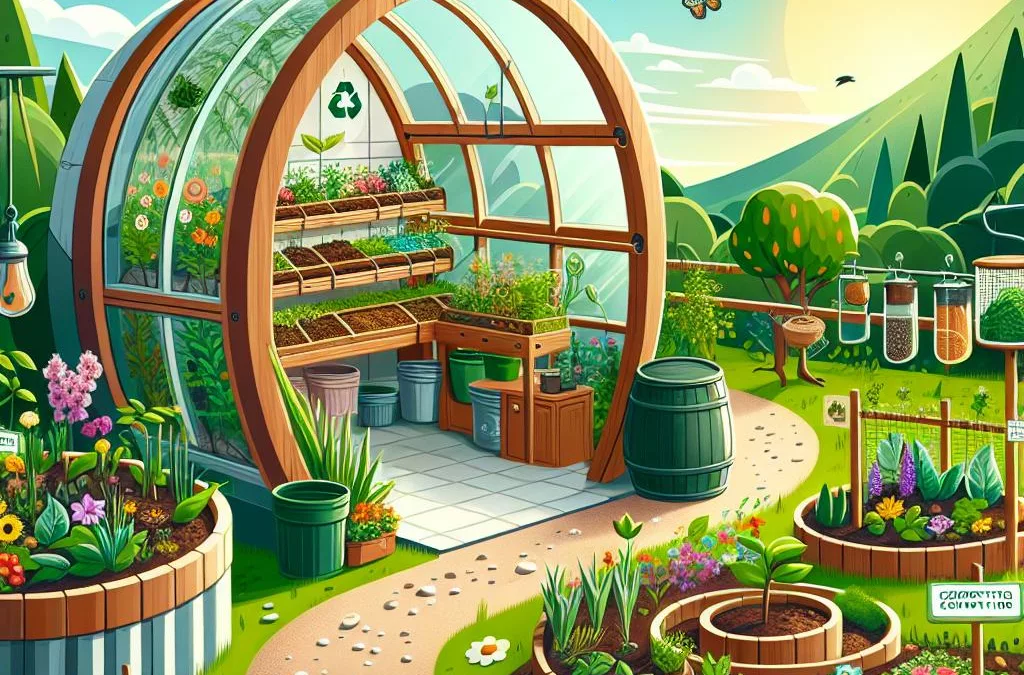Introduction: Leading the Eco-Friendly Movement in Gardening
As homeowners become more conscious of their environmental impact, eco-friendly gardening trends are gaining momentum. In 2025, the spotlight shines on sustainable practices within garden beds, aiming to enhance aesthetic appeal while nurturing the planet. This blog delves into the top trends that are redefining eco-friendly garden beds, emphasizing their importance and potential benefits.
Why Eco-Friendly Garden Beds Matter
Eco-friendly garden beds showcase sustainable gardening practices that significantly contribute to reducing carbon footprints and minimizing water usage. By adopting such initiatives, homeowners can create lush landscapes that are both beautiful and environmentally responsible. These practices not only contribute to saving resources but also support local ecosystems and biodiversity.
Key Trends Paving the Way for 2025
1. Edible Landscaping and No-Dig Gardening
Edible landscaping allows homeowners to enjoy a dual benefit: cultivating a garden that feeds both the eyes and the palate. By integrating food plants into garden designs, this approach turns every corner into a productive paradise. No-dig gardening complements this by preserving soil health through minimal disturbance, fostering a natural, nutrient-rich environment.
2. Wildlife-Friendly Gardens
Creating sanctuaries for local wildlife is a trend that adds life to gardens. Homeowners are encouraged to plant native species and leave portions of their gardens undisturbed to invite beneficial creatures like pollinators and birds.
3. Water-Wise Gardening
Given the increasing importance of water conservation, water-wise gardening involves employing drought-tolerant plants and innovative irrigation strategies. Mulching with organic materials helps retain soil moisture, contributing to a robust and sustainable garden bed.
4. Transition to Battery-Powered Tools
With advancements in technology, transitioning to battery-powered gardening tools offers benefits such as quieter operation and reduced emissions, marking a step towards greener gardening habits.
5. Alternative Lawn Solutions
Challenging traditional norms, alternative lawn solutions such as clover or native grasses significantly reduce the need for mowing, watering, and fertilization, supporting both biodiversity and sustainability efforts.
Conclusion: Embracing Sustainable Practices
The trends outlined pave the way for innovative and eco-conscious garden beds, encouraging homeowners to adopt these top strategies for a healthier planet. By choosing to implement these trends, you not only nurture your garden but contribute positively to the environment.

